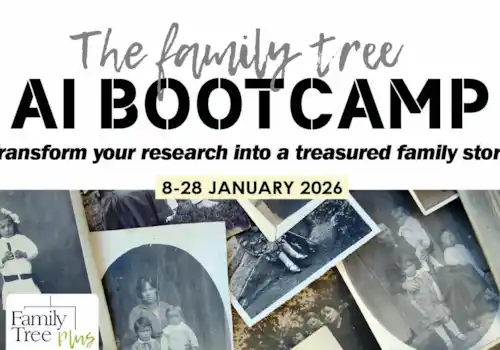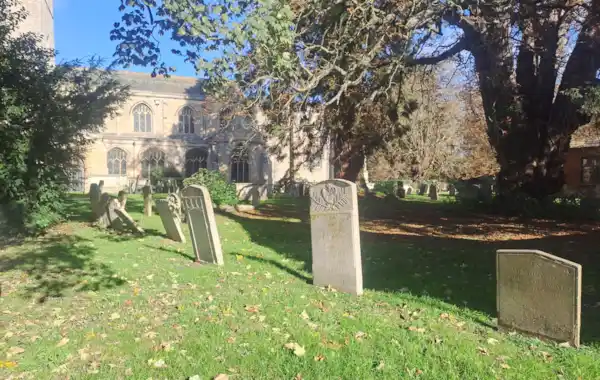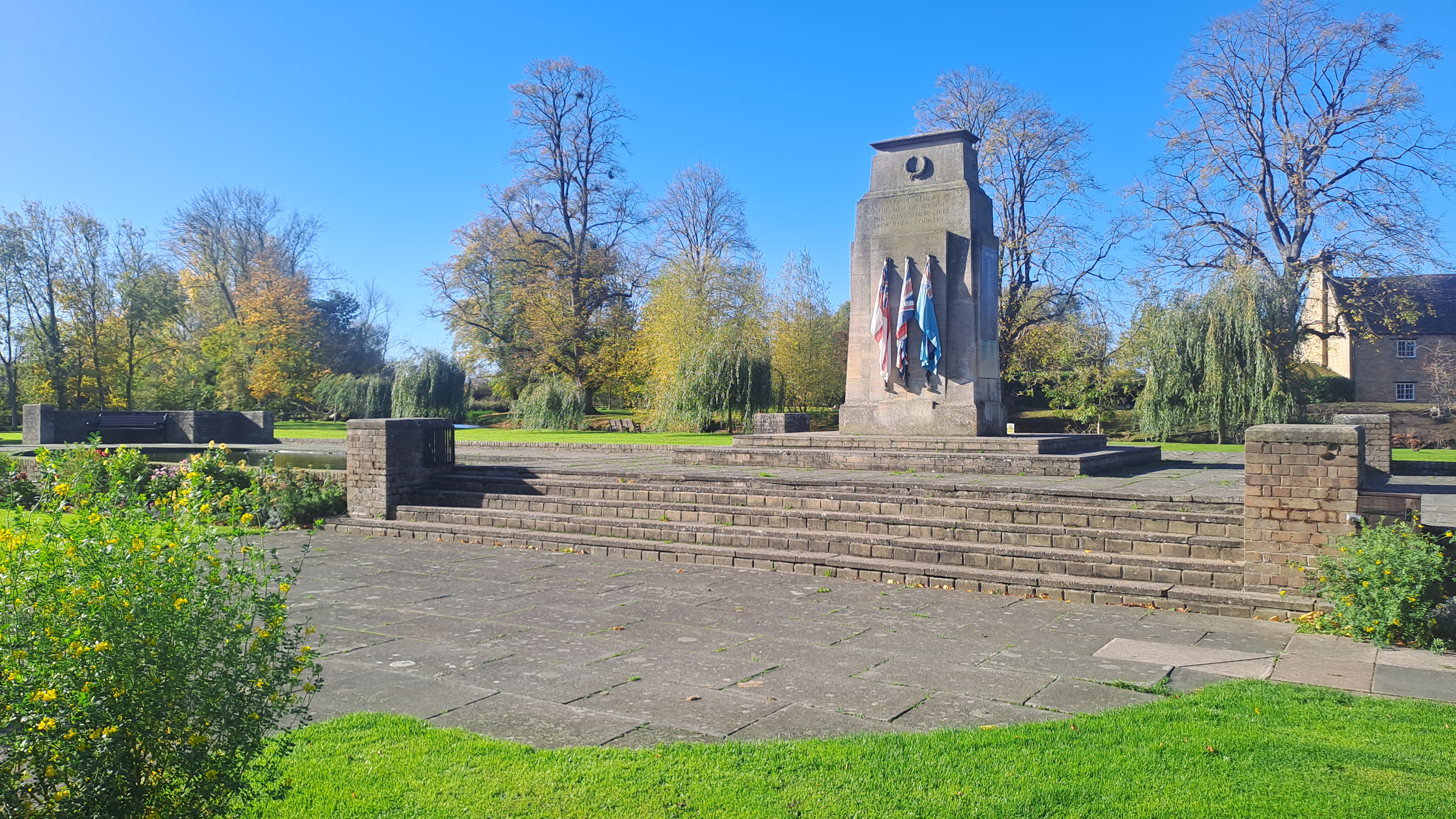Finding your ancestor's grave can be an emotional experience, but can also help your family history research, potentially revealing new information about your ancestor and adding context to your research. Discover how to find a grave, and what to do to ensure you make the most of a churchyard visit.
Professional genealogist David Annal provides a comprehsive guide to tracing our ancestors' final resting places below, with further tips from Paul Chiddicks and Alison Spring included too.
When it comes to visiting the places that your ancestors knew, the building that is most likely to have survived is, of course, the parish church, and this is where you might just find some hidden treasure.
The very act of walking into the building in which your ancestors worshipped – of standing next to the altar at which they were married and the font where their children were baptised – can, in itself, prove to be a powerful and emotional experience.
But it’s what’s outside the church that is probably of interest to family historian: row upon row of stones commemorating the lives of those who came before us.
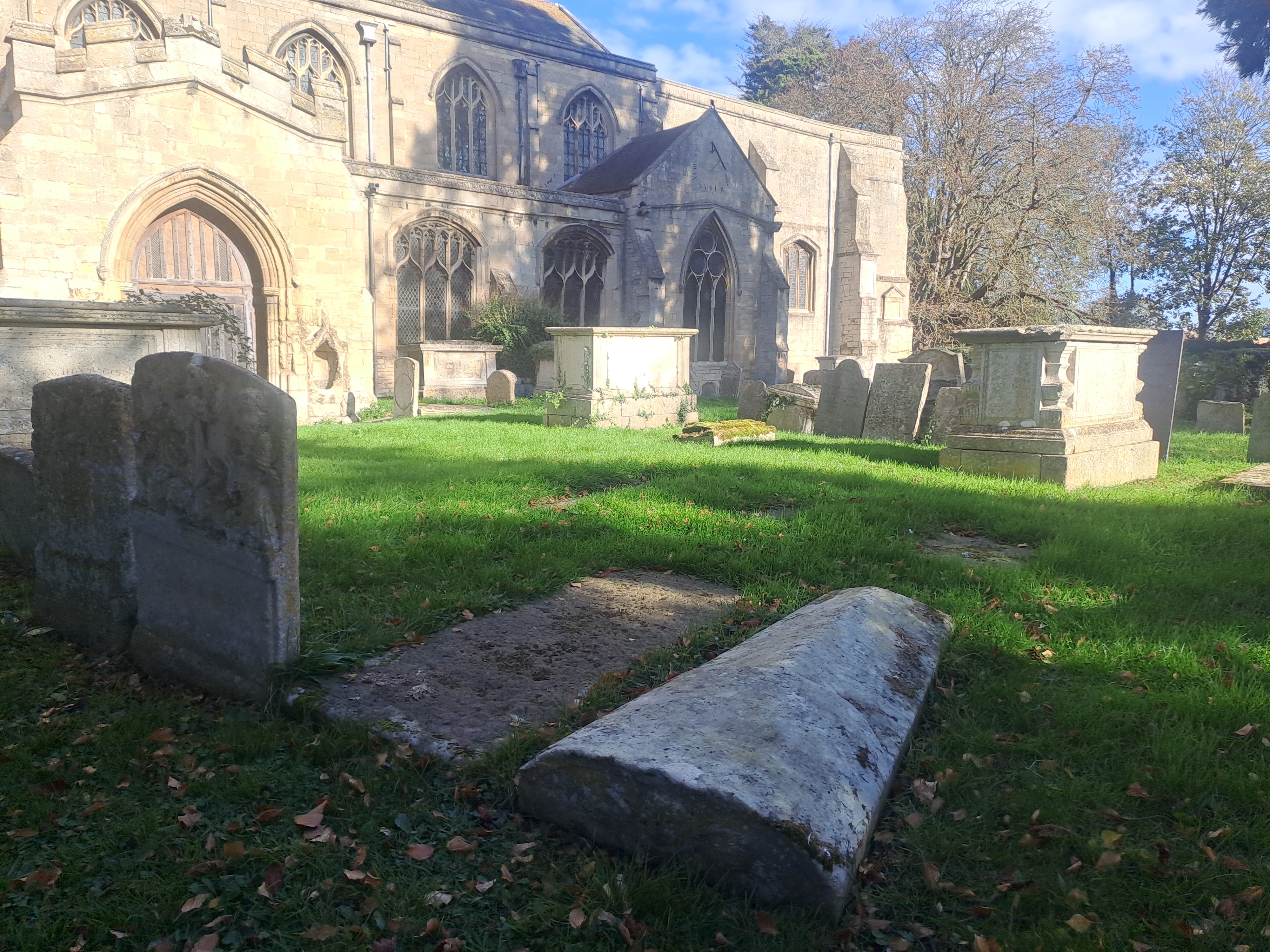
Quick links: How to find a grave
- Why try to find your ancestor's grave?
- How do I know where my ancestor's grave is located?
- Plan your family history graveyard visit
- How to trace gravestone transcriptions
- Get the graveyard plan
- If the burial ground no longer exists
- Useful gravestone websites
- Tracing WW1 & WW2 graves and memorials
- Get more family history advice with the Family Tree newsletter
Why try to find a grave?
Aside from the emotional aspect of finding your ancestor's grave, headstones are an extremely useful record for the family historian as they can give the researcher information and clues that have not been recorded elsewhere.
Of course, the information to be found on memorials can vary greatly, but the details featured are usually fairly accurate in revealing dates and names, and often other family members are on the same tombstone or were buried close by.
The size and quality of the headstone can indicate the wealth of an ancestor and their family, whilst some even feature ornate decoration that hints at an occupation (like anchors for sailors or tools for tradespeople), religious beliefs, or a particular pastime.
How do I know where my ancestor's grave is located?
Genealogist and columnist in Family Tree, Paul Chiddicks has useful advice to share:
'Using a death certificate we are able to discover the date of death and also an address and area, so this information gives us a good clue to potential burial locations. A good place to look and one that might not necessarily be your first thought, is Google Maps, which can help to pinpoint the death location.
'Then look within a few miles, for potential municipal cemeteries and or crematoriums and churchyards.
'Religious interests will also come into the equation of course, whether they were Church of England, Catholic, Jewish, Methodist, Non-conformists, or something different - their religious affiliation will give a good clue as to potential burial sites in the local area for your ancestor.
If you are still struggling to find a burial location of your ancestor, consider the fact that they might have changed religion ... occasionally a change of faith is seen in the records.'
They may, too, have been too poor for a grave marker, or may not have wished to have such.
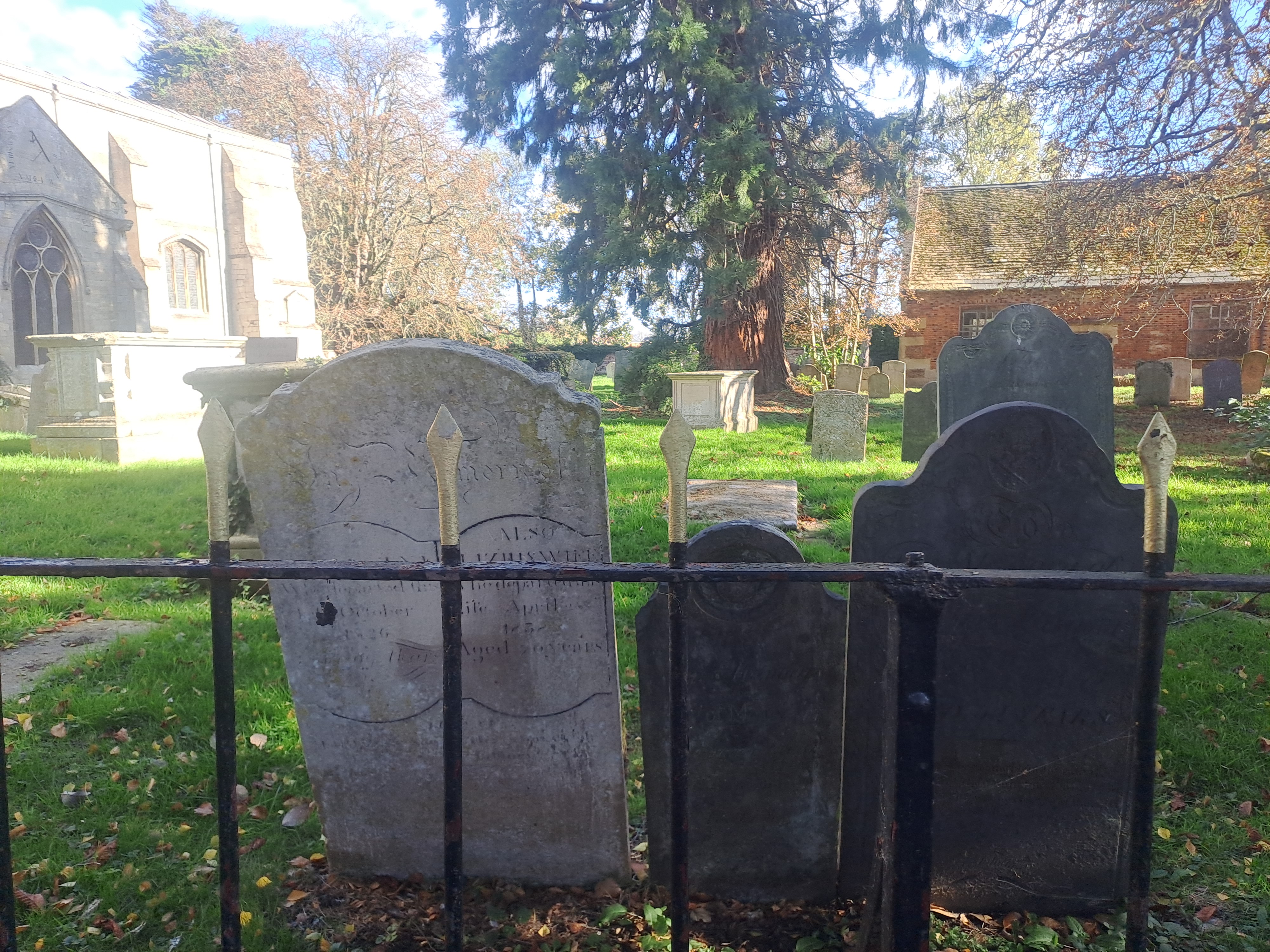
Plan your family history graveyard visit
As with any sort of research, the more planning you do, the better your experience will be.
Most churches, and virtually every churchyard, are open to the public (during the daytime at least) but it’s a good idea to check beforehand.
'One of the churches I once visited (All Saints, Shirburn in Oxfordshire) is located on the Earl of Macclesfield’s estate,' writes David Annal, 'and we had to phone the estate office in advance to arrange access.'
Many cemeteries have a team of enthusiastic and friendly volunteer genealogists who are very willing to help visitors and enquirers looking for their ancestors and even offer to guide visitors to the graves they are looking for.
Not all cemeteries are able to offer this service, however, so you should do the following before you go:
- Contact the cemetery to find out if your relative is buried or memorialised there.
- If so, ask what kind of records they have of the person and their burial/memorial.
- Cemetery records vary widely in scope and completeness of information.
Is there a memorial of any description and what sort of condition is the grave in? - How much does the cemetery charge for printed copies of records, photographs or grave visits? Usually there is a small charge.
- If it is possible to visit, do make an appointment. Staff can then make any necessary preparations, sometimes including clearing the surrounding ground and/or the grave itself.
Depending on the advice given by cemetery staff, you might like to ensure you bring along:
- Sensible shoes
- A camera or smartphone
- Possibly garden shears or secateurs
- Water in a bottle and a hand brush; useful for cleaning headstones
But the most important thing to do in advance of any graveyard visit is to check whether the gravestone transcriptions have been transcribed and, if so, how/where you can access the transcriptions.
How to trace gravestone transcriptions: try the local family history society
With many cemeteries now transcribed or photographed online, you don’t always need to visit in person to uncover these hidden details.
Professional family historian Alison Spring suggests:
'The two main players are FindaGrave and BillionGraves, but there are other, smaller websites which have more local relevance. Finding these can be done using a simple internet search with keywords such as “cemetery” or “gravestones”, combined with the name of your geographical area of interest.
'Some online examples of headstone and burial record websites with a more specific focus are:
- Belfast City Council - burial records for several Belfast cemeteries, dating from 1869
- Ross & Cromarty Roots – graveyards and kirkyards in most of the large Scottish county of Ross and Cromarty (or Ross-shire)
- Cemetery Scribes - Jewish cemeteries in the UK and other parts of the world
'Family history societies in your ancestral area will be able to advise you about any indexes they have put together, and if you are a member you should have access to these, online or at the society’s offices. Some societies offer look-ups for their members if the graveyard index they have is only available on their premises.'
These indexes are usually referred to as monumental inscriptions (often shortened to 'MIs') in the family history world.
Your first step should be to check the relevant society’s website to see what’s available. Don’t leave this until the last minute as you’ll find that sometimes the published indexes are available as printed booklets of CD-ROMs which will need to be posted to you.
Some societies offer their MIs as digital downloads but this is often a members-only service.
You can find useful listings of family history societies at: Family History Federation and the Scottish Association of Family History Societies.
How to find your ancestor's grave: get the graveyard plan
Try the cemetery of interest to you, or enquire at the parish church. See for instance the Church of England’s National Grounds website to learn more about the project.
Paul Chiddicks advises further:
'Sadly unless you have come from a wealthy background, not all graves are marked, so often the best hope is to obtain a graveyard plan and look for an appropriate grave or marker nearby.
'Some of the indexes include a plan that should lead you straight to the location of a particular grave. But even if the index simply tells you that a gravestone exists and perhaps leaves you to search a specific section of the graveyard, you’re still better prepared than if you’d just turned up without any preparation.
'If nothing else, you know that there’s a grave to be found and that, at the time the index was compiled, the text on the stone was legible enough to allow the transcriber to read it.
'If you struggle to locate the grave once you are at the graveyard, enlist the help of any volunteers on hand, or you may be able to ask the local gravedigger. Their local knowledge can be invaluable and they are normally grateful to have somebody friendly to talk to.'
How to find a grave even if the burial ground no longer exists
When a grave or headstone has been removed, then a record of the inscription may have been recorded.
In 2023, TheGenealogist added to its Headstone Collection copies of records from certain local authorities and the Church Commissioners that relate to the removal of graves and tombstones in burial grounds.
The originals of these records are held by The UK National Archives and can be viewed there by prior arrangement.
The records detail former cemeteries from all over England and Wales and cover the years 1619 to 2003. A number contain a plan of the original place of burial while some will reveal the place of reinterment also.
The Removal of Graves and Tombstones records on TheGenealogist are part of their Death & Burials – Headstone Collection and are searchable by:
- the deceased’s name
- year of death
- place of original burial
- any keyword that may have been included
The origin of these RG 37 official records of burial ground removals can be traced back to 1911 and a recommendation was made by the Attorney General that such records be made and deposited with the local registrar of births and deaths. The Registrar General suggested to the Home Secretary of the time that the records should be deposited with the miscellaneous records held by the General Register Office instead of at the local registrar.
If your ancestor was buried in one of the burial grounds to have been recorded in this release then, despite the headstone no longer standing, you will be able to discover details about your ancestor recorded on their tombstone at the time it had been originally erected.
Seven useful websites to help you find your ancestor's grave
- Find A Grave (findagrave.com): This extensive database contains millions of burial records and photographs of gravestones from cemeteries worldwide. Users can search for specific individuals or browse cemetery listings.
- BillionGraves (billiongraves.com): BillionGraves uses GPS technology to document and preserve gravestone information. Users can access a vast collection of headstone photos and burial records, searchable by name, location, or cemetery.
- Interment.net (interment.net): Interment.net provides transcriptions of cemetery records, including gravestone inscriptions, obituaries, and burial registers. It offers a comprehensive database of cemetery records contributed by volunteers.
- Findmypast (findmypast.com): Findmypast offers access to various genealogical records, including burial and cemetery records. Users can search for gravestones and burial information to uncover details about their ancestors' final resting places.
- Ancestry (ancestry.com): Ancestry's vast collection includes cemetery and burial records from around the world. Users can search for gravestone inscriptions, burial dates, and cemetery locations to trace their family history.
- DeceasedOnline (deceasedonline.com): Search registers by country, region, county, burial authority or crematorium free of charge, and pay to view digitised records including cremation and burial records and registers, photographs of graves and memorials, cemetery maps showing grave locations, and other occupants in the same grave.
- FamilySearch (familysearch.org): FamilySearch provides free access to a wide range of genealogical resources, including cemetery records and gravestone inscriptions. Users can search for burial information and access digitized records contributed by volunteers.
Tracing WW1 & WW2 graves & memorials
Tracing the gravestones and memorials of ancestors who died in the First and Second World Wars is one of the most poignant tasks when doing our family history, as the vast majority of those who perished were so young when they passed.
The Commonwealth War Graves Commission website is the starting point for researching 1.7 million British and Commonwealth ancestors who fought and died in the First and Second World Wars. Note that the deaths of 67,000 civilians who died in air raids over Britain in WW2 are also included within this number on the CWGC website.
When locating your ancestor's grave or memorial details be sure to scroll down the page to view the cemetery plan too as this will provide you with the location of their grave/memorial.
To search for your war dead from WW1 and WW2, visit CWGC's website.
Explore too the Imperial War Museums' War Memorials Register, which has details for more than 100,000 war memorials around the UK. Many local communities may have more than one memorial. Seek out community memorials, for instance, and memorials erected by companies and schools who may have created memorials for former staff and pupils who died in the war.
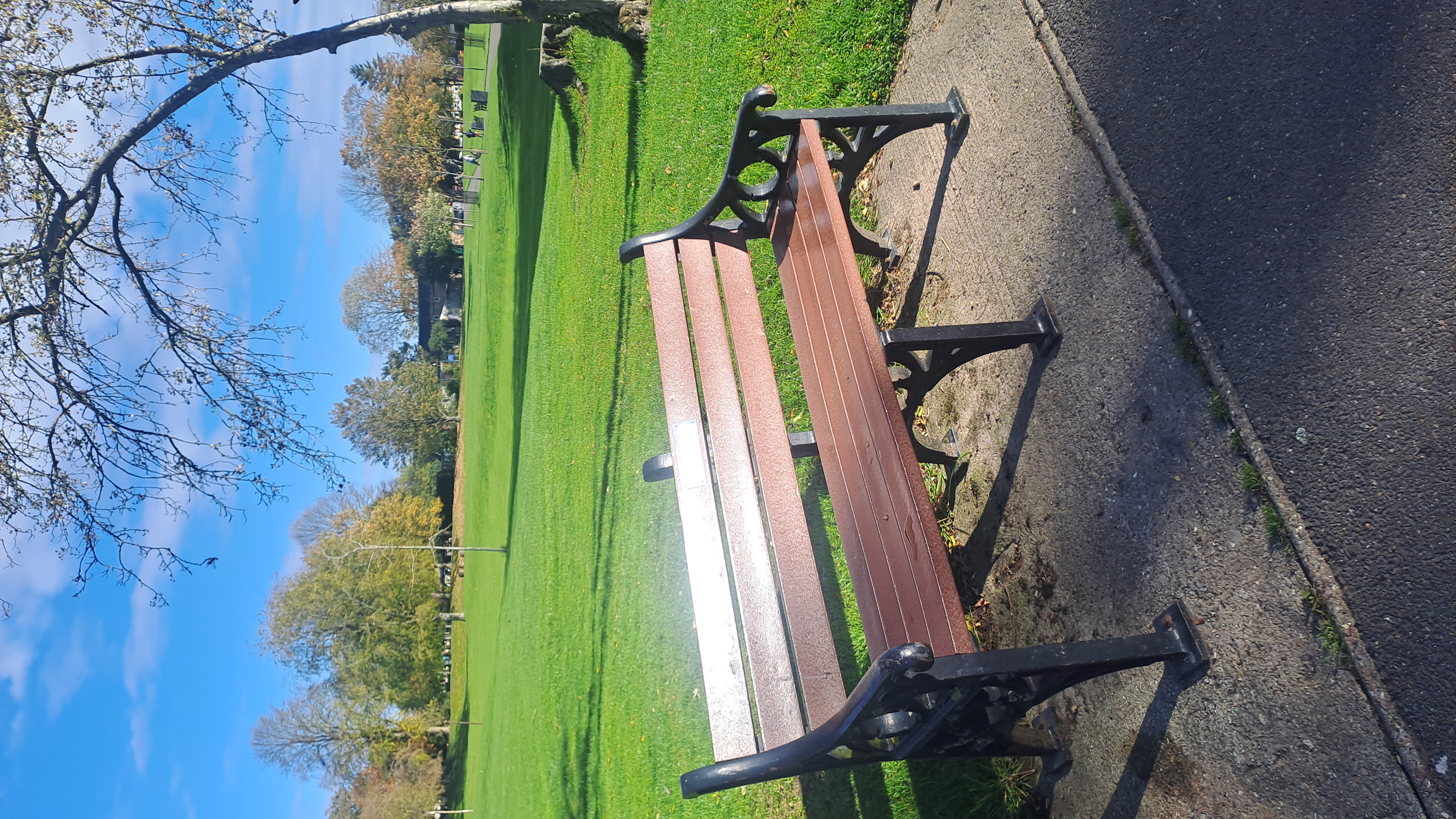
Unusual memorials
When doing family history research, it's the memorials kept by churches and local authorities that are our first ports of call. Think too of further ways in which your family members may have been remembered however. Were their details recorded on a memorial bench, for instance, or were their ashes scattered at a location of significance to them. These memorials can be particularly vulnerable to becoming forgotten to the family as time passes - so be sure to record such details in your family history records to preserve the information about your ancestors' final resting places and memorials to honour them.
Get more family history advice with the Family Tree newsletter
Sign up to receive the Family Tree newsletter and we'll send you a friendly, informative weekly email packed with expert tips, advice and special offers. As a welcome gift we'll also send you a resource kit featuring interview sheets, family tree charts and more!
Article includes advice from family historians David Annal, Paul Chiddicks, and Alison Spring. Article last updated: 24 October 2025


